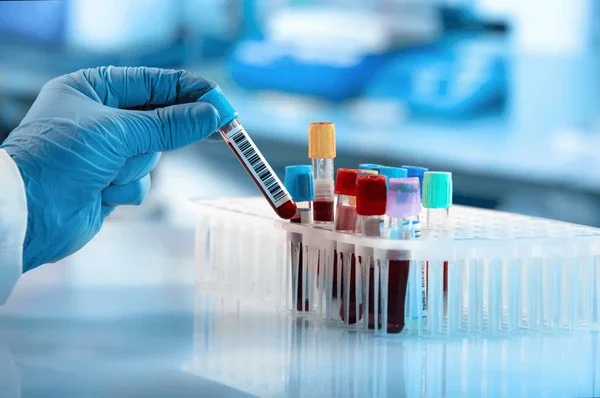Basic Lipid Panel
A standard lipid panel measures your cholesterol and triglyceride levels, along with important ratios such as cholesterol to HDL, LDL, non-HDL cholesterol, and total cholesterol. These numbers provide valuable insight into how your body is managing fats and give a clearer picture of your cardiovascular risk. Understanding your lipid panel is important because it helps identify the likelihood of heart disease, metabolic syndrome, or an ischemic event, while also guiding prevention and management strategies for atherosclerotic disease.
From a holistic perspective, knowing your lipid numbers allows you to go beyond simply identifying risk. It creates an opportunity to use nutrition, movement, stress reduction, and lifestyle changes to restore balance and support cardiovascular wellness naturally. For those who want to take a closer look, a comprehensive lipid panel can provide deeper insights by evaluating advanced markers and particle size, offering a more complete view of long-term heart health.
To request this lab please fill out the form below. Within 24 hours you will receive a formal estimated cost and further instructions.
Details
Lipid Panel, Standard - The Lipid Panel, Standard measures serum cholesterol and triglyceride (TG) levels; it includes evaluation of the cholesterol/HDL-C ratio (calculated), HDL-C, LDL-C (calculated), non-HDL-C (calculated), total cholesterol, and TG. Comprehensive lipid assessment aids in the evaluation of cardiovascular risk and the likelihood of suffering an ischemic event. It is also useful for the prevention and management of atherosclerotic disease, as well as the diagnosis of metabolic syndrome [1].
Cardiovascular disease (CVD) is the leading cause of death in the United States. The risk of developing CVD and having an ischemic event is significantly increased in individuals with high LDL-cholesterol (LDL-C) and TG levels [2,3]. The American Heart Association (AHA) recommends that Americans aged 20 and above have their lipid levels tested every 4 to 6 years. Children should have their cholesterol tested for the first time between ages 9 and 11, and again between ages 17 and 21. Testing should start earlier if there is family history of high cholesterol [4]. The AHA recommends repeat measurement of LDL-C within 4 to 12 weeks of starting or changing lipid-lowering therapy, to assess response and adherence, and then every 3 to 12 months as appropriate [4]. Treatment with N-acetyl cysteine (NAC) for acetaminophen overdose may generate a falsely low result for cholesterol. Venipuncture immediately after or during administration of the painkiller metamizole (dipyrone) may also lead to falsely low results for cholesterol. Note: Any or all individual tests from a panel can be ordered separately.
References
1. Stone NJ, et al. Circulation. 2014;129(suppl 2):S1-S45.
2. CDC. Heart disease fact sheet. Reviewed August 23, 2017.https://www.cdc.gov/dhdsp/data_statistics/fact_sheets/fs_heart_disease.htm
3. Arbel Y, et al. Card Diabetol. 2016;15:11.
4. AHA. Cholesterol management guide for healthcare practitioners. November 10, 2018.https://www.heart.org/-/media/files/health-topics/cholesterol/chlstrmngmntgd_181110.pdf
What type of sample is required for this test?
1 mL serum
Estimated days for results: Results should be available in 2 - 5 business days after the sample is collected
Test Resources https://education.questdiagnostics.com/faq/FAQ199
*These statements have not been evaluated by the Food and Drug Administration. These products are not intended to diagnose, treat, cure, or prevent any disease.
Description via Fullscript.com

